Resources

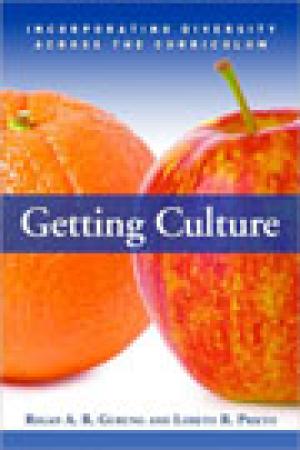
How do we educate our students about cultural diversity and cultural differences, and eliminate cultural ignorance, stereotyping, and prejudice? What are the conceptual issues involved in reaching this goal? How can we integrate these perspectives in disciplinary and diversity courses, and the curriculum? This book is a resource for answering these questions. Within the framework of current scholarship and discussion of essential concepts, it offers practical techniques, and empirically proven "best practices" for teaching about diversity. The book opens with a conceptual framework, covering such issues as distinguishing teaching to a diverse audience from teaching about diversity and contrasting the incorporation of culture across the curriculum with tokenistic approaches. Subsequent chapters identify classroom practices that can optimize students' learning, especially those from culturally diverse backgrounds; describe feminist principles of education that that promote learning for all students; and address principles of effective on-line instruction for diverse populations. The book is intended for faculty integrating diversity into existing courses, and for anyone creating courses on diversity. The ideas and suggestions in the text can be incorporated into any class that includes a discussion of diversity issues or has a diverse student enrollment. The contributors offer pragmatic and tested ways of overcoming student misconceptions and resistance, and for managing emotional responses that can be aroused by the discussion of diversity. The editors aim to stimulate readers' thinking and inspire fresh ideas. The book further provides teachers ofdiversity with a range of effective exercises, and attends to such issues as teacher stress and burnout. This book can also serve to inform and guide department chairs and other administrators in the design and implementation of diversity initiatives. (From the Publisher)
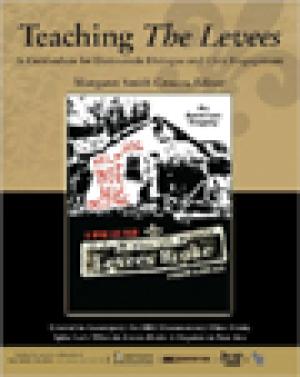
Abstract: One powerful response to the disaster of Hurricane Katrina was the Peabody Award-winning HBO documentary film event, When the Levees Broke: A Requiem in Four Acts, by Spike Lee. Now, through the generosity of the Rockefeller foundaiton, faculty and staff at Teachers College, Columbia University have created this compelling curriculum guide, based on the documentary and for use in high schools, colleges and community groups. In September 2007, through a generous collaboration between The Rockefeller Foundation, Teachers College, and HBO, 30,000 copies of a new curriculum package addressing the issues of citizenship, race, class and poverty raised in the aftermath of Katrina were distributed to school, college and community educators. The package included a copy of Spike Lee and HBO's epic documentary, 'When the Levees Broke: A Requiem in Four Acts,' as well as the highly acclaimed multidisciplinary curriculum guide, Teaching The Levees. Due to the continued immense demand for this resource, the accompanying curriculum guide is now available for purchase. Teaching The Levees, developed by faculty at Teachers College, Columbia University, includes chapters on history, media literacy, civics, economics and geography. (From the Publisher)
Emerging from the particular experiences of the marginalized, postmodern pedagogies (bell hooks, Paolo Freire, feminist pedagogies) argue that education is more than conveying information from teacher to student. Rather education should encompass the transformative process of shaping character, values, and politics through the dynamic interaction among the teacher, the students' experiences, and the content of the instructional material. These perspectives argue that educators should reject "the banking model" of education, and teach to transform. However, religious studies with today's black college student tests the mettle of these approaches. On the one hand, historically black colleges and universities (HBCUs) have long practiced transformative education through a commitment to shaping both the minds and characters of their students. On the other hand, many of today's black college students are less receptive to transformation, particularly in the academic study of religion. This resistance to transformation is a reflection of (1) the socio-economic reality of the current student, and (2) a new black religiosity that portrays the world in binary terms. These economic and religious realities present a teaching context for which few religious scholars are prepared. This essay discusses the particularities of teaching religion to today's black college student by sharing the challenges, failures, successes, and joys of teaching religion at a small church-related, historically black women's college in the south. I will discuss the techniques that fail, and the way in which this unique context causes me to transform the way I teach religion. In the midst of a commitment to postmodern pedagogies, I feel a need to return to the banking model's establishment of authority and emphasis on content. As I negotiate with this method, I find ways to stealthily infuse transformative pedagogical techniques. I also discuss the way such a dramatic shift in pedagogy has transformed me, the teacher.
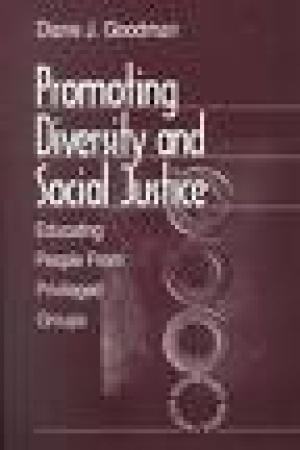
In order to implement effectively diversity and social justice initiatives, it is critical to involve people from dominant groups. It is dominant groups that perpetuate oppression. Can educators meet the challenge of implementing diversity and social justice in organizations and in the community? Promoting Diversity and Social Justice gives theory, perspectives, and strategies that are useful for working with adults on diversity and social justice issues. This book offers educational and psychological perspectives to inform practice and increase options in addressing conflict situations. The first part of the book helps the educator understand the reasons for resistance and ways to prevent it. The second part explains how educators motivate dominant groups to support social justice. This book is an excellent resource for group facilitators, counselors, trainers in classrooms and workshops, professors, teacher, higher education personnel, community educators, and any other professionals involved with educating others about diversity and equity. (From the Publisher)
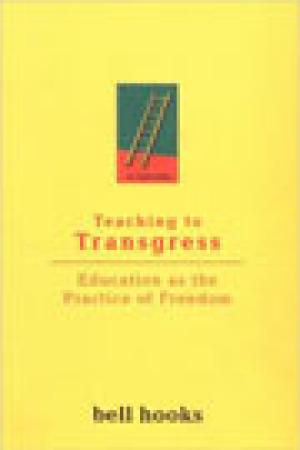
In this book, bell hooks, one of America's leading black intellectuals, shares her philosophy of the classroom, offering ideas about teaching that fundamentally rethink democratic participation. Hooks advocates the process of teaching students to think critically and raises many concerns central to the field of critical pedagogy, linking them to feminist thought. In the process, these essays face squarely the problems of teachers who do not want to teach, of students who do not want to learn, of racism and sexism in the classroom, and of the gift of freedom that is, for hooks, the teacher's most important goal. (From the Publisher)
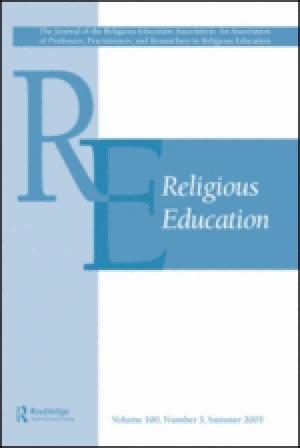
Journal Issue.
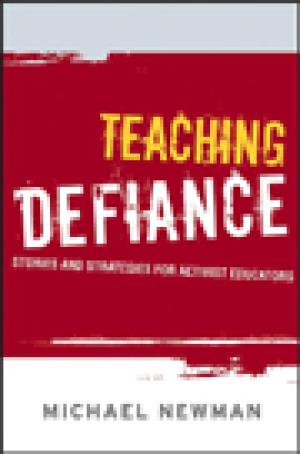
This book is for activist adult educators who want to help people make up their own minds and take control of their own lives. At its heart this book is about choice. It examines how activist educators can help people understand that they do have options and then help those people learn how to make effective choices. It is important as a counter to the increasingly formulaic writing in the fields of organizational learning, HRD and adult education. The author attempts to break free of these constraints and return to what actually happens in the encounter between educator and learner. (From the Publisher)
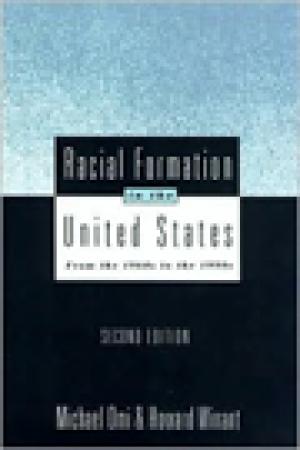
First published in 1986, Racial Formation in the United States is now considered a classic in the literature on race and ethnicity. This second edition builds upon and updates Omi and Winant's groundbreaking research. In addition to a preface to the new edition, the book provides a more detailed account of the theory of racial formation processes. It includes material on the historical development of race, the question of racism, race-class-gender interrelationships, and everyday life. A final chapter updates the developments in American racial politics up to the present, focusing on such key events as the 1992 Presidential election, the Los Angeles riots, and the Clinton administration's racial politics and policies. (From the Publisher)